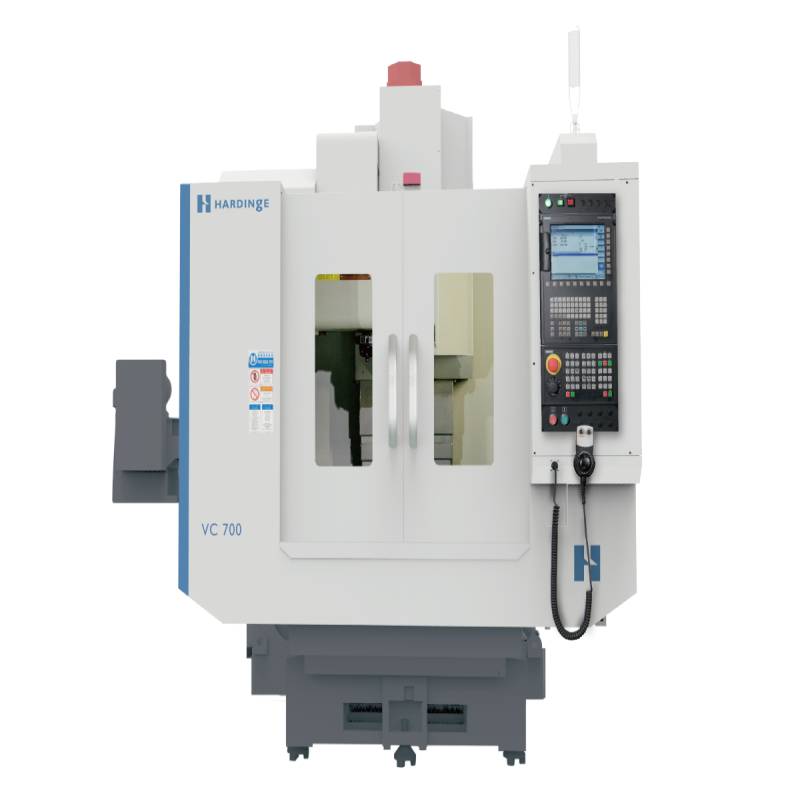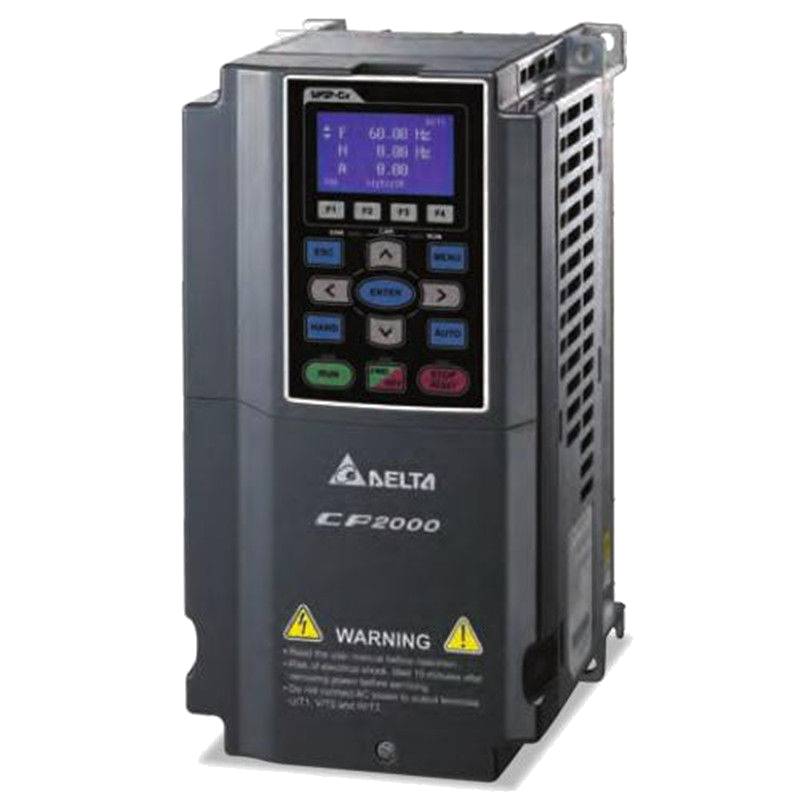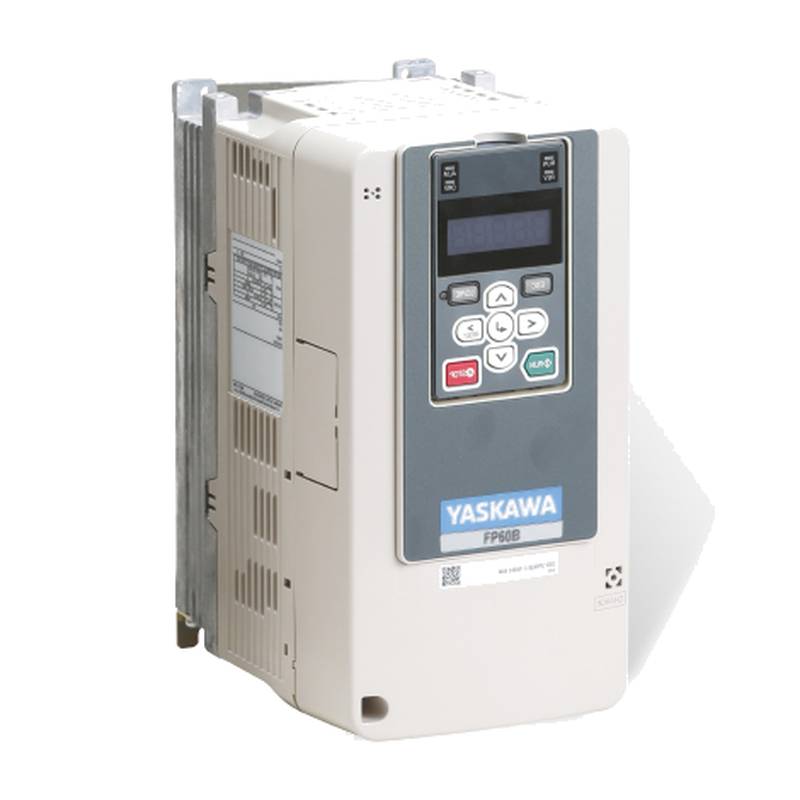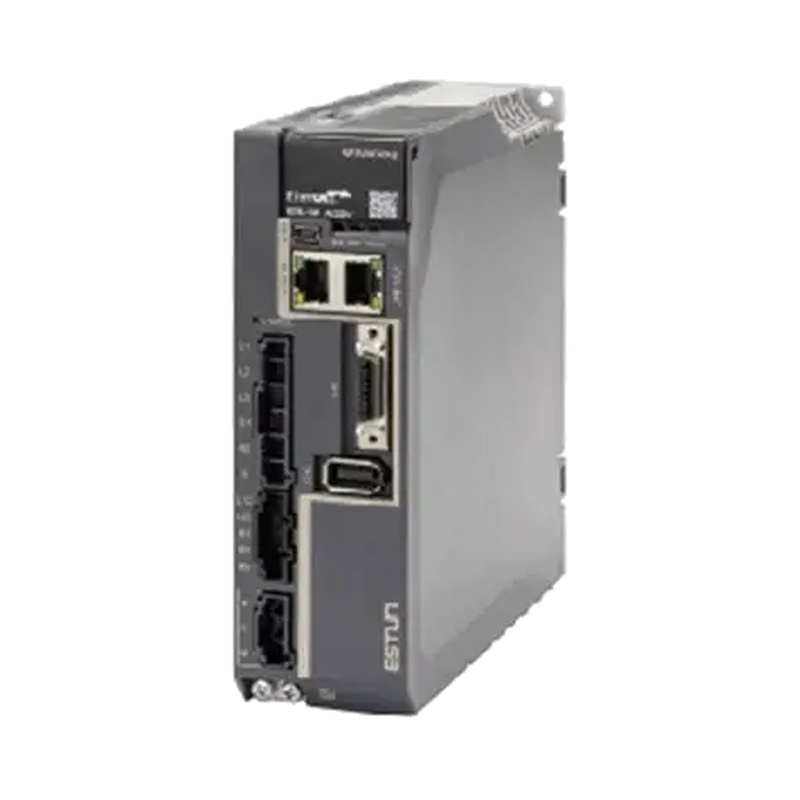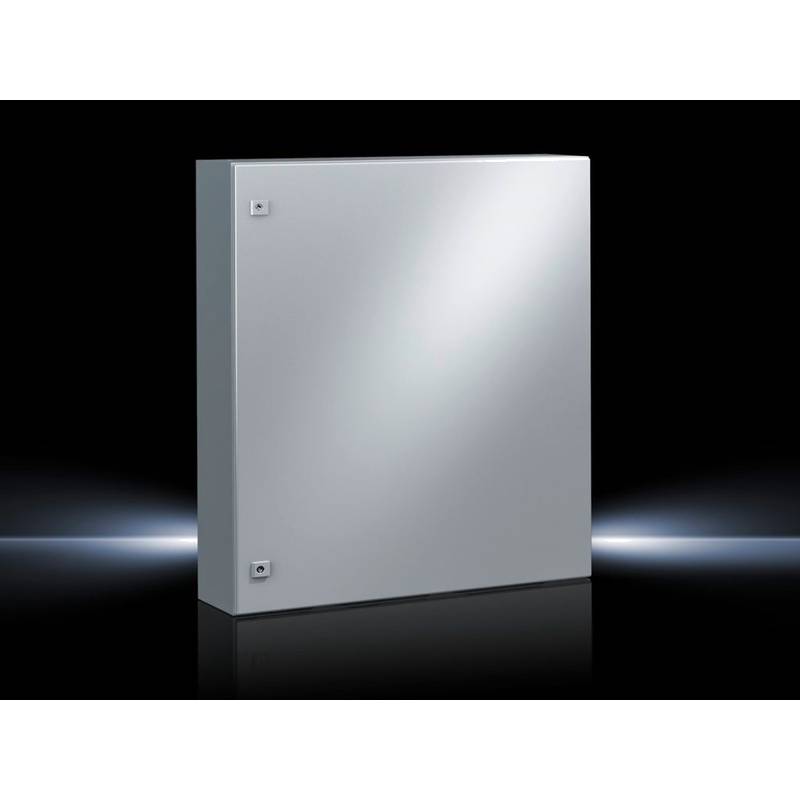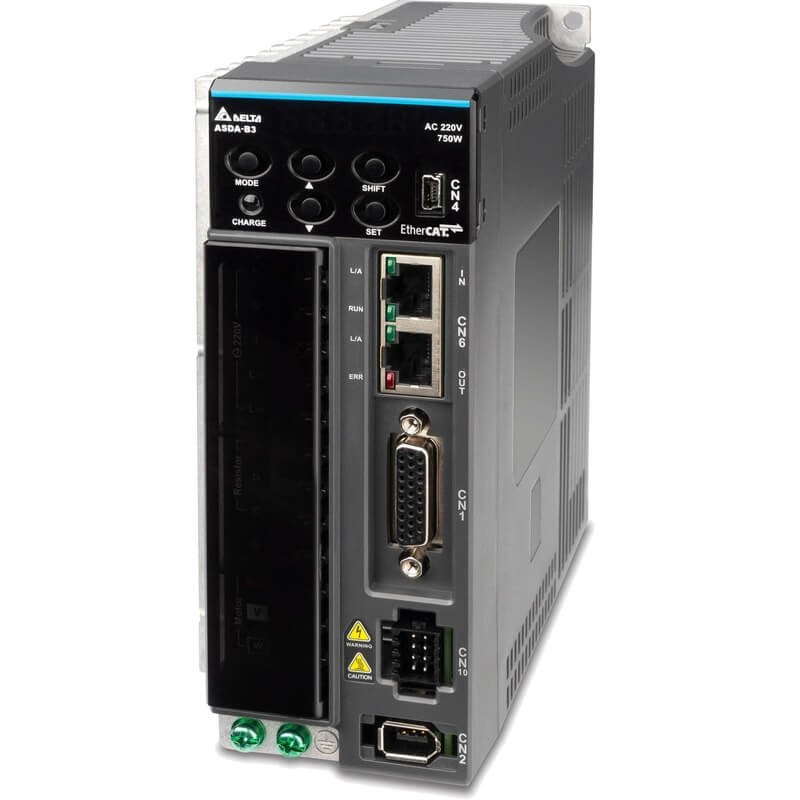
The SIMPHOENIX DX100-2S0040 Inverter Industrial Frequency Converter 4kW is a robust solution engineered for precise motor control in demanding industrial environments. This 4kW variable frequency drive (VFD) distinguishes itself with a compact design, advanced control algorithms, and exceptional reliability, making it ideal for a wide array of applications. Key advantages include significant energy savings through optimized motor operation, enhanced process control with smooth acceleration and deceleration, and superior protection against electrical faults. Its core technical parameters include a rated power of 4kW, input voltage compatibility typically spanning 3-phase 380-440V (though specific models may vary, always confirm with the exact datasheet), and a wide frequency output range, often from 0 to 600Hz. The DX100-2S0040 boasts advanced features such as multiple V/f control modes, vector control for improved torque response, and integrated braking units for dynamic load management. Its market positioning is solidified by its competitive pricing, ease of use, and the advanced functionality typically found in higher-tier VFDs, appealing to small to medium-sized enterprises and specialized industrial applications seeking high performance without excessive cost.
Product Specifications
| Parameter | Value |
| :-------------------- | :------------------------------------------- |
| Model | SIMPHOENIX DX100-2S0040 |
| Rated Power | 4kW |
| Input Voltage | 3-Phase, 380-440V AC |
| Output Frequency | 0-600 Hz |
| Control Method | V/f Control, Sensorless Vector Control |
| Overload Capacity | 150% of rated current for 60 seconds |
| Protection Class | IP20 (typical, verify for specific unit) |
| Dimensions (H x W x D)| (Varies by specific model; consult datasheet)|
| Mounting Type | Wall/DIN Rail Mounting |
Core Features & Market Positioning
The SIMPHOENIX DX100-2S0040 is engineered with advanced control algorithms that facilitate both precise V/f control and highly responsive sensorless vector control. This dual control capability allows for optimized performance across a broad spectrum of motor types and load conditions, from simple fan and pump applications to more demanding machinery requiring accurate torque regulation. Its market positioning is further strengthened by its robust build quality and comprehensive protection features, ensuring longevity and operational stability even in harsh industrial settings. The DX100-2S0040 offers a compelling balance of advanced functionality and cost-effectiveness, often rivaling more expensive VFDs in terms of performance and features, making it a preferred choice for businesses seeking high-value motor control solutions.
Key Application Scenarios
The versatility of the SIMPHOENIX DX100-2S0040 makes it suitable for a multitude of industrial applications. It excels in controlling pumps and fans in HVAC systems, chemical processing, and water treatment, where precise flow and pressure regulation lead to significant energy savings. In manufacturing and automation, the DX100-2S0040 is widely employed for conveyor systems, extruders, mixers, and machine tools, providing smooth acceleration, deceleration, and precise speed control essential for product quality and process efficiency. Its ability to handle variable torque loads also makes it an excellent choice for applications such as textile machinery, printing equipment, and material handling systems.
Practical System Integration Guidance
Integrating the SIMPHOENIX DX100-2S0040 into existing systems is streamlined by its user-friendly interface and standard mounting options. Proper wiring is crucial; ensure the power supply is disconnected before making any connections. The input terminals should be connected to the three-phase power source, and the output terminals (U, V, W) to the motor. For optimal performance and safety, it's recommended to use shielded motor cables to minimize electromagnetic interference. Programming involves configuring parameters such as motor data, output frequency limits, acceleration/deceleration times, and control modes via the keypad or optional communication modules. Many users find success by referencing the detailed wiring diagrams and parameter setup guides provided in the official SIMPHOENIX manual for specific applications.
Operation and Risk Mitigation
Safe operation of the SIMPHOENIX DX100-2S0040 requires adherence to electrical safety standards and proper installation practices. Always ensure the VFD is adequately grounded and that motor connections are secure. Familiarize yourself with the inverter's fault codes, which provide critical diagnostic information for troubleshooting. Common faults include overload (F001), output short circuit (F002), and input phase loss (F006), among others. Promptly addressing these fault codes, often by rectifying the underlying issue (e.g., reducing load, checking wiring, or verifying power supply), is key to preventing equipment damage and ensuring continuous operation. Implementing proper ventilation and avoiding operation in excessively humid or dusty environments will also contribute to the longevity and reliable performance of the unit.
Scalability & Long-Term Value
The SIMPHOENIX DX100-2S0040 offers significant long-term value through its robust design and potential for integration into advanced industrial control systems. While the DX100 series is a standalone solution, its compatibility with various communication protocols (e.g., Modbus RTU, CANopen, depending on the specific model and optional modules) allows for seamless integration into SCADA systems or Programmable Logic Controller (PLC) networks. This enables remote monitoring, control, and data acquisition, aligning with the principles of Industry 4.0 and the Industrial Internet of Things (IIoT). The energy savings realized through precise motor speed control contribute to reduced operating costs over the product's lifespan, further enhancing its economic benefits and demonstrating its scalability within evolving industrial automation landscapes.
Frequently Asked Questions
1. What is the primary function of the SIMPHOENIX DX100-2S0040?
The SIMPHOENIX DX100-2S0040 is an industrial frequency converter, also known as a Variable Frequency Drive (VFD). Its primary function is to control the speed of an AC motor by varying the frequency and voltage of the power supplied to it.
This precise motor speed control allows for significant energy savings, especially in applications like pumps and fans where full speed is not always required. It also provides smooth acceleration and deceleration, reducing mechanical stress on machinery and improving process control.
The VFD offers advanced features such as overload protection, fault diagnostics, and multiple operating modes, making it a versatile component for various industrial automation tasks.
2. How do I wire the SIMPHOENIX DX100-2S0040 for motor connection?
Begin by ensuring the power supply is completely disconnected and locked out. Connect the incoming three-phase power supply to the designated input terminals, typically marked L1, L2, and L3.
Next, connect the motor leads to the output terminals of the VFD, usually labeled U, V, and W. For safety and to minimize electrical noise, use shielded motor cables and ensure proper grounding of both the VFD and the motor.
Always consult the specific user manual for the SIMPHOENIX DX100-2S0040 for detailed wiring diagrams and terminal designations, as configurations can vary slightly.
3. What are the main benefits of using a VFD like the DX100-2S0040?
One of the most significant benefits is energy efficiency; by adjusting motor speed to match the load requirement, substantial power consumption reductions are achieved.
VFDs provide enhanced process control through precise speed adjustment, leading to improved product quality and consistency in manufacturing operations. They also offer soft start and stop capabilities, which minimize mechanical wear and tear on equipment.
Additional advantages include improved power factor, reduced inrush current, and integrated protection features that safeguard the motor and the VFD itself from various electrical faults, extending equipment life.
4. Can the SIMPHOENIX DX100-2S0040 be used with single-phase motors?
The SIMPHOENIX DX100-2S0040 is primarily designed for three-phase AC motors. It requires a three-phase power input to operate effectively and deliver a three-phase output to the motor.
Using this specific model with a single-phase motor is generally not recommended without the use of specific converters or motor types designed for VFD operation. Such configurations can lead to inefficient operation, motor damage, or VFD malfunction.
For applications requiring single-phase motor control, it is advisable to select a VFD specifically designed for single-phase input and output or an appropriate single-phase motor solution.
5. What kind of protection features does the DX100-2S0040 offer?
The DX100-2S0040 includes comprehensive protection features to safeguard the VFD and connected motor. These typically include overload protection, which prevents damage from excessive motor current draw.
It also offers protection against short circuits on the output terminals, overvoltage and undervoltage faults on the power supply, and phase loss detection on both the input and output sides.
Other common protections include overheating of the heatsink and external fault inputs, allowing for integration with safety interlocks and emergency stop systems.
6. How do I perform basic parameter configuration on the DX100-2S0040?
Basic configuration typically involves setting the motor's rated voltage, frequency, current, and speed, which are crucial for sensorless vector control. Access these parameters through the VFD's keypad interface, following the navigation structure provided in the manual.
You will also need to configure the acceleration and deceleration times to suit the application's needs, ensuring smooth transitions without mechanical shock. Setting the desired operating mode (e.g., V/f control or sensorless vector control) is also a fundamental step.
For advanced configurations or specific application requirements, refer to the detailed parameter list and descriptions in the official SIMPHOENIX manual for optimal setup.
7. What is sensorless vector control, and does the DX100-2S0040 support it?
Sensorless vector control is an advanced motor control technique that allows the VFD to accurately control motor torque and speed without requiring a speed encoder mounted on the motor shaft.
The SIMPHOENIX DX100-2S0040 does support sensorless vector control, which provides superior dynamic performance, faster response to load changes, and better low-speed torque compared to traditional V/f control.
This feature is particularly beneficial for applications requiring precise speed holding under varying load conditions, such as conveyors, extruders, and machine tools.
8. How can I integrate the DX100-2S0040 with a PLC?
Integration with a PLC is typically achieved through communication protocols like Modbus RTU, which is commonly supported by the DX100 series via an optional communication card or built-in port.
Configure the VFD's communication parameters (address, baud rate, parity) to match the PLC's settings. Then, program the PLC to send control commands (start, stop, speed setpoints) and receive status information (fault codes, current speed) from the VFD.
Consult the VFD's communication manual and the PLC's communication documentation for specific register addresses and command structures required for successful data exchange.
9. What is the typical overload capacity of the SIMPHOENIX DX100-2S0040?
The SIMPHOENIX DX100-2S0040 typically offers an overload capacity of 150% of its rated current for a duration of 60 seconds. This allows the VFD to handle temporary peak loads experienced during motor startup or transient load changes.
This overload capability is crucial for applications where motors may experience higher current draws for short periods, such as overcoming static friction or accelerating heavy loads. Exceeding these limits can trigger an overload fault.
It's important to ensure the motor's nameplate current is within the VFD's continuous current rating, even with the specified overload capacity available for temporary excursions.
10. How does the DX100-2S0040 contribute to energy savings in industrial applications?
By precisely matching the motor's speed to the actual demand of the application, the DX100-2S0040 significantly reduces energy consumption compared to running motors at full speed constantly.
For example, in pump and fan applications, reducing the speed by just 20% can lead to energy savings of up to 50%, as power consumption is proportional to the cube of the speed. This translates directly to lower electricity bills.
Furthermore, the VFD's soft-start feature reduces peak demand charges by limiting the high inrush current associated with direct-on-line motor starting.
















